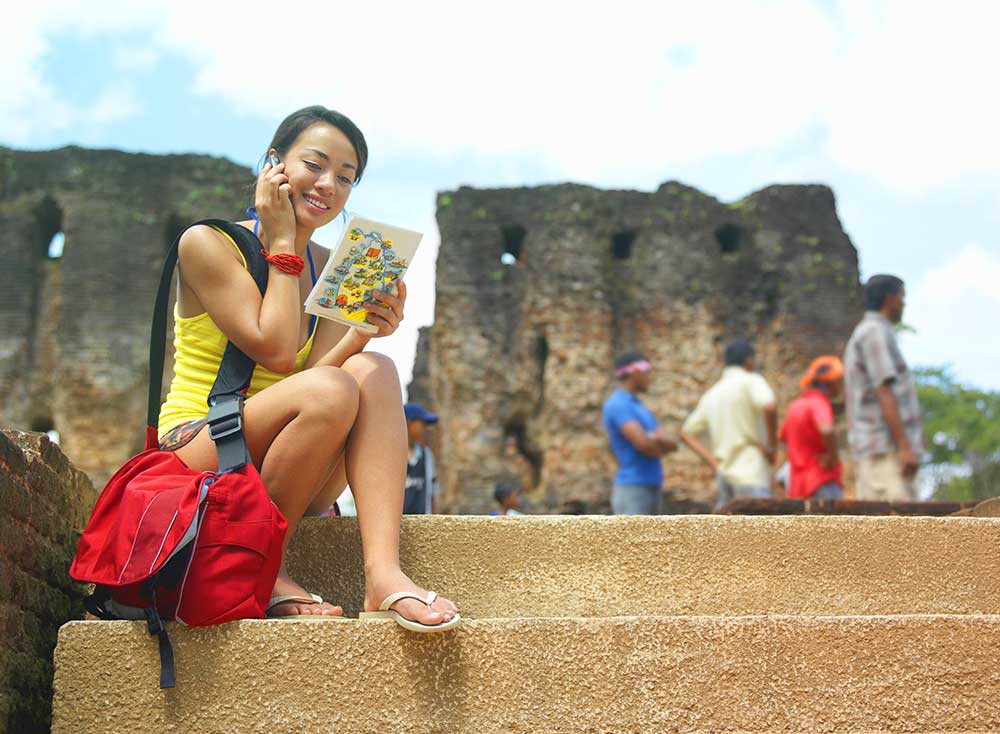
Introduction to Sri Lanka’s UNESCO Heritage Sites
Sri Lanka, a small island nation located in the Indian Ocean, is home to a rich cultural heritage that dates back centuries. The country’s historical and archaeological wonders have been recognized by UNESCO, with eight sites in Sri Lanka designated as World Heritage Sites. These UNESCO World Heritage Sites are important not only for their cultural and historical significance but also for their contribution to the country’s tourism industry and overall economic development. One of Sri Lanka’s UNESCO World Heritage Sites is the city of Kandy.
Overview of UNESCO World Heritage Sites
Sri Lanka takes great pride in its cultural and natural heritage, as reflected by the conservation efforts implemented across the country. The designation of UNESCO World Heritage Sites serves as a testament to the exceptional universal values possessed by these sites, and the need for their preservation and protection.
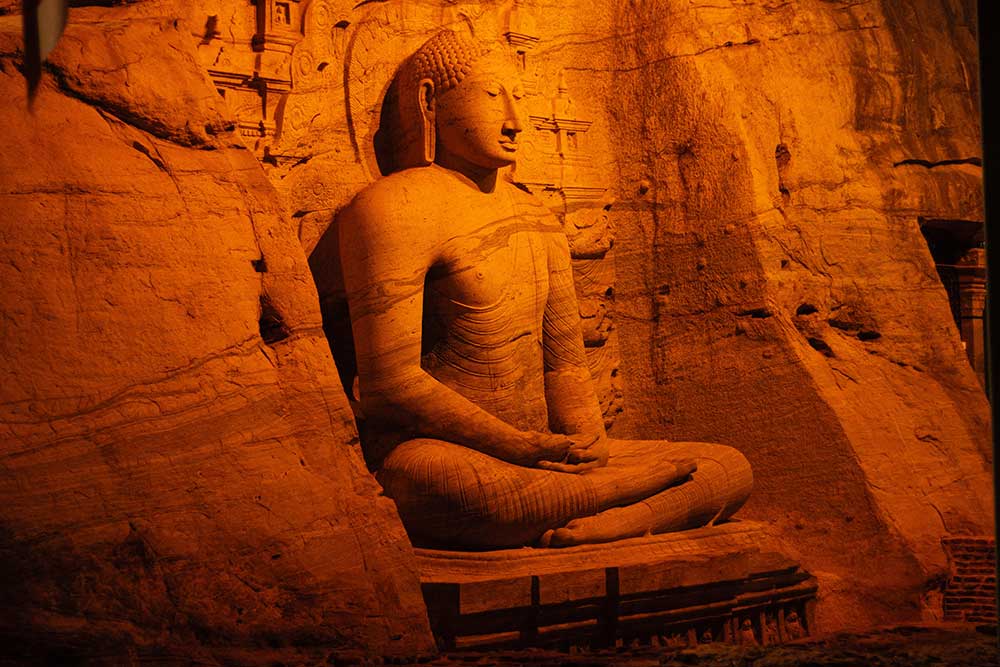
Understanding the Importance of UNESCO Heritage Sites
In understanding the importance of UNESCO Heritage Sites, it is essential to consider the broader context within which these designations are made. International organizations like UNESCO play a significant role in recognizing and preserving cultural and natural heritage sites.
However, it is important to critically analyze the role and impact of these organizations, as they can sometimes perpetuate marginalization and cultural appropriation by centers of political and economic power. For instance, Sri Lanka’s nation-state ideology, driven by the concept of “new patriotism” in the post-conflict years, may clash with the lofty goals of UNESCO(Sandis, 2014). The state’s utilization of the World Heritage Sites framework demonstrates its attempt to promote cultural hegemony and shape the narrative surrounding Sri Lanka’s history. Despite these potential contradictions, the designation of eight World Heritage Sites related to Buddhism by UNESCO in Sri Lanka serves as strong evidence of the country’s commitment to preserving its environmental values and cultural heritage(Chen et al., 2020). The designation of Sri Lanka’s eight World Heritage Sites related to Buddhism by UNESCO is a testament to the country’s environmental values and cultural heritage. The cultural and historical significance of these UNESCO Heritage Sites cannot be understated. These sites not only attract tourists from around the world but also contribute significantly to the country’s tourism industry and overall economic development.Sri Lanka’s eight UNESCO World Heritage Sites related to Buddhism are a source of national pride and contribute significantly to the country’s cultural and tourism sectors. Furthermore, these sites provide a valuable opportunity for research and education, allowing scholars, students, and visitors to delve into the rich history and teachings of Buddhism in Sri Lanka.
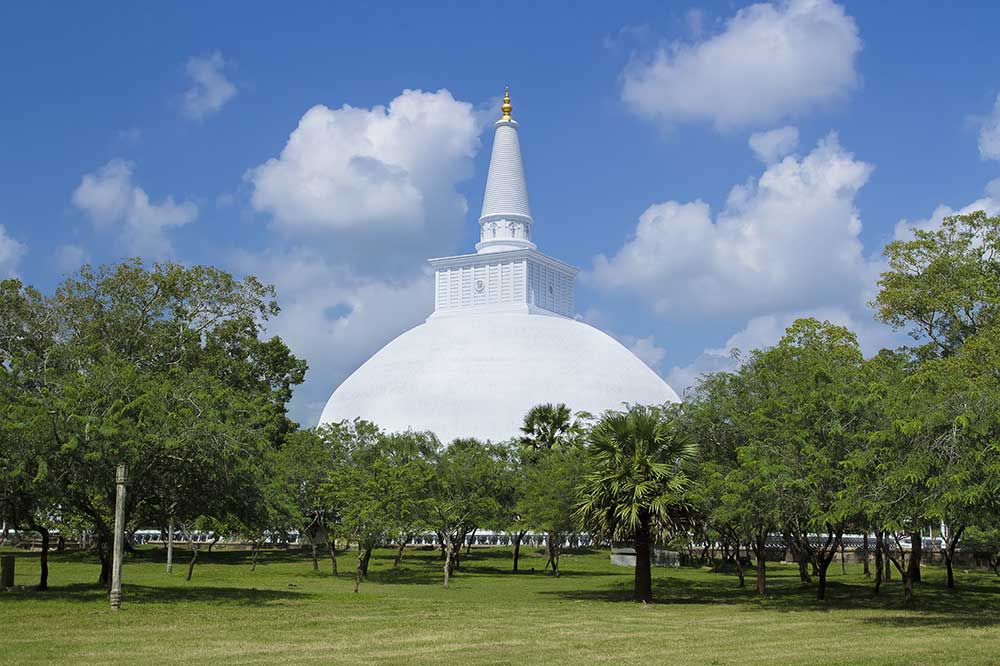
List of Sri Lanka’s UNESCO World Heritage Sites
Cultural
- Ancient City of Sigiriya – This iconic rock fortress, also known as the Lion Rock, showcases impressive archaeological remains and frescoes.
- Sacred City of Anuradhapura – A UNESCO World Heritage Site that is considered one of the oldest continuously inhabited cities in the world, with a rich history dating back to the 4th century BC.
- Ancient City of Polonnaruwa – Another ancient city that flourished during the 11th and 12th centuries, with well-preserved archaeological ruins and monuments.
- Golden Temple of Dambulla – This temple complex is renowned for its stunning cave temples and ancient Buddhist murals, making it a significant pilgrimage site.
- Sacred City of Kandy – Known as the cultural capital of Sri Lanka, this city is famous for the Temple of the Tooth and many other temples and archaeological monuments(Ranagalage et al., 2018).
- Galle Fort – A fortified city built by the Portuguese in the 16th century, showcasing a blend of European and South Asian architectural styles.
Natural
- Central Highlands of Sri Lanka – This region encompasses several national parks and nature reserves, including Horton Plains National Park and Knuckles Conservation Forest.
- Sinharaja Forest Reserve – This tropical rainforest is a biodiversity hotspot, home to numerous endemic species and valuable ecological resources.
The significance of these UNESCO World Heritage Sites in Sri Lanka cannot be understated, as they not only attract tourists from around the world but also contribute significantly to the preservation and promotion of Sri Lanka’s cultural and natural heritage.
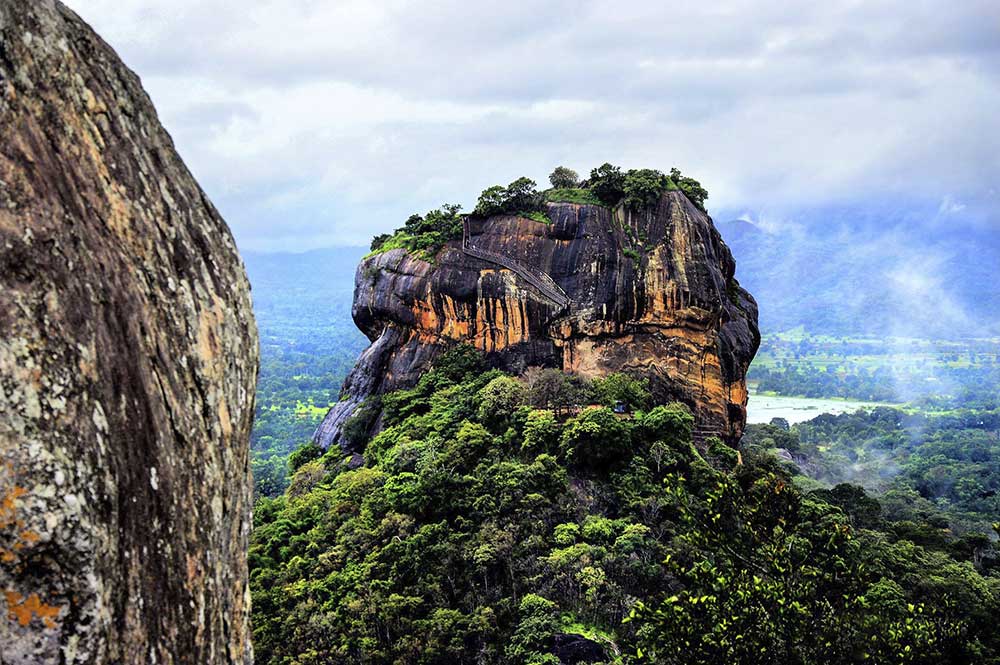
Exploring Sri Lanka’s Eight UNESCO Sites
Sri Lanka boasts a rich cultural and natural heritage, as evidenced by its eight UNESCO World Heritage Sites. These sites are a testament to the country’s commitment to preserving its historical, archaeological, and ecological treasures for future generations.
All these attractions are well-managed and available for tourists to explore, providing them with a unique and enriching experience. Experience tour guides and local communities are engaged in providing services to tourists to enhance their understanding and appreciation of these sites. The government is too involved in promoting and protecting these sites, recognizing their significance in representing the country’s identity and contributing to its tourism industry.
Most of these tourist sites are maintained as pilgrim centers, attracting not only domestic tourists but also devotees from around the world. Therefore tourists need to understand the cultural and religious significance of these sites and appreciate them with respect.
Many internationally accredited tourism operators specialise in providing guided tours to these UNESCO sites, ensuring that visitors have a safe and enjoyable experience while learning about Sri Lanka’s rich heritage and history.
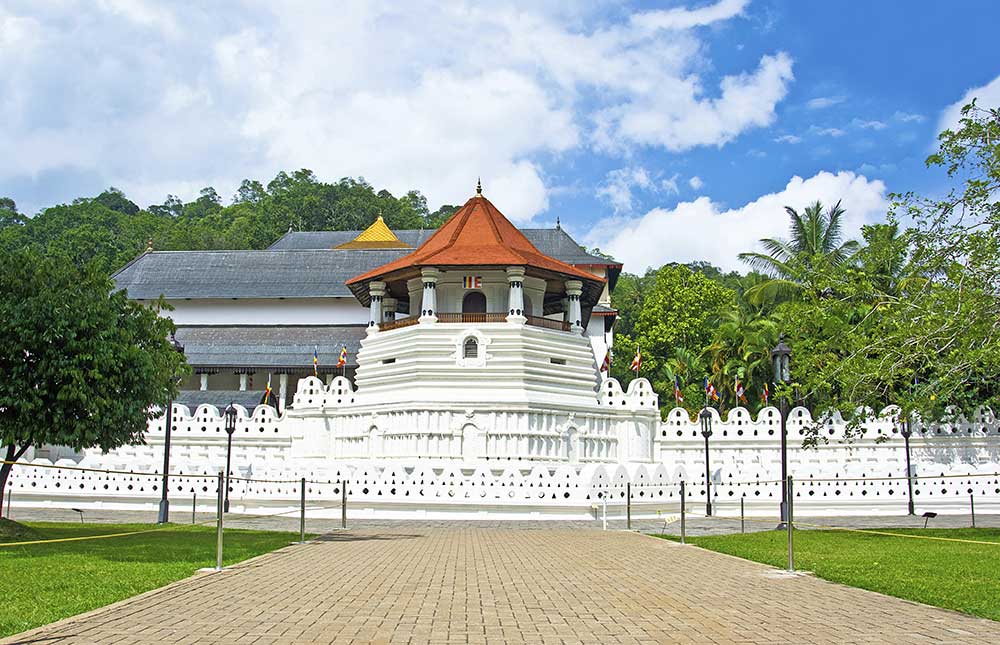
Significance of Sri Lanka’s Heritage Sites
For any country, having a UNESCO heritage site is a matter of great pride and recognition. As a country with a small land area, Sri Lanka’s eight UNESCO World Heritage Sites hold immense importance. The rituals and events performed at these sites are significant not only in terms of cultural and religious practices but also in preserving the intangible heritage that has been passed down through generations. It’s simply a gem of a nation’s identity and history. These UNESCO sites also play a crucial role in promoting tourism in Sri Lanka. The tourism sector of Sri Lanka brings in significant revenue to the country, and these heritage sites serve as major attractions for tourists from around the world.
Tourism Impact on Sri Lanka’s UNESCO Heritage Sites
The conversion of cultural items into tourism products can have both positive and negative implications for the local and tourist communities(Samarathunga, 2021). On the positive side, tourism provides an opportunity for these heritage sites to be preserved and maintained. Tourism revenue can be used to invest in their conservation and restoration, ensuring their longevity for future generations. Furthermore, tourism activities around these sites create employment opportunities for local communities, boosting the local economy.
However, there are also negative implications to consider. The introduction of tourism concepts to the cultural and heritage sites in Sri Lanka must be done with caution. It is crucial to strike a balance between promoting tourism and preserving the cultural and religious significance of these sites.
The introduction of tourism concepts should ensure that the cultural and religious significance of these sites is not exploited or diluted for commercial gain. The heritage and archaeological value of these sites should be conveyed to visitors responsibly and respectfully, avoiding any kind of cultural appropriation or commodification. In this context, it is important to acknowledge the potential influence of international organizations such as UNESCO in shaping how these heritage sites are presented and marketed.
Too many commercial operations, such as overdeveloped hotels or excessive souvenir shops, can detract from the authenticity and integrity of these heritage sites. The responsible authorities should implement regulations and guidelines to control the impact of tourism on these sites.
Proper sanitation facilities and waste management systems should also be in place to mitigate the environmental impact of tourism activities. Furthermore, while tourism can bring economic benefits to the local community, it should also prioritize the well-being and satisfaction of both tourists and the local residents. Strategies should be implemented to ensure that the tourism experience is enjoyable, educational, and respectful of heritage sites. Additionally, the involvement and empowerment of local communities are crucial in the development of tourism around these heritage sites.
Parking Facilities and infrastructure should be carefully planned to prevent overcrowding and damage to the surrounding areas. In conclusion, while tourism can bring numerous benefits to heritage sites in Sri Lanka, it is important to approach it with caution and proper planning.
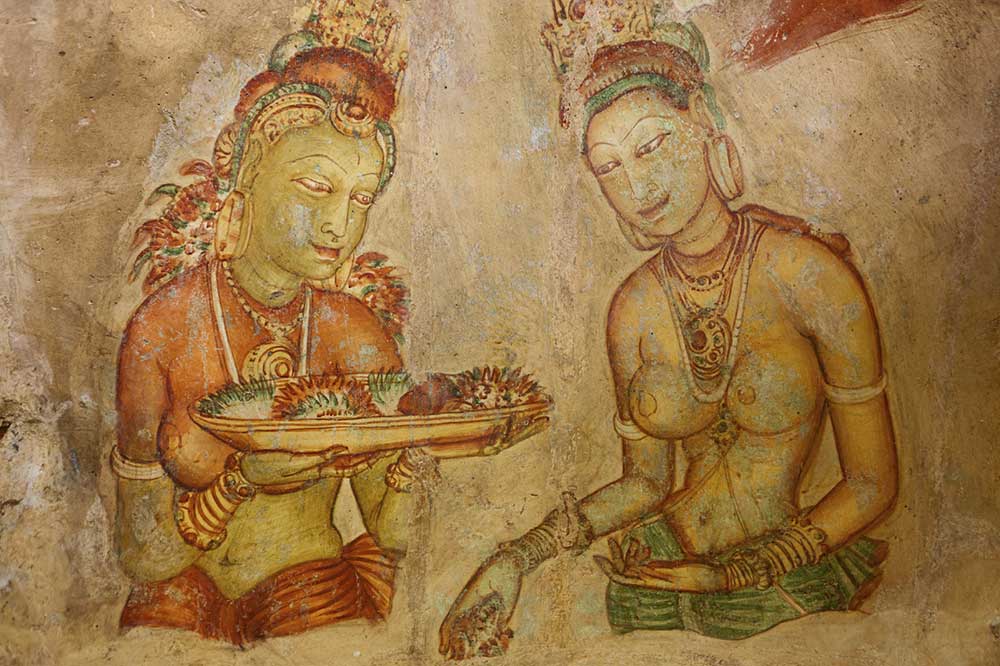
Conservation Efforts for Sri Lanka’s Heritage Sites
The preservation and restoration of Sri Lanka’s heritage sites are crucial in ensuring their long-term sustainability and continued value as tourist attractions. The efforts taken by the National Archeology Department together with other relevant authorities and organizations, such as UNESCO, to preserve these sites should be appreciated. Anyway, it is important for local communities to actively participate in these conservation efforts and be empowered to take ownership of their cultural heritage. The booming Tourism industry has the potential to not only provide economic benefits to Sri Lanka but also contribute to the conservation and restoration of heritage sites(Kannangara, 2020). By implementing sustainable tourism practices, such as limiting visitor numbers, promoting responsible behavior among tourists, and investing in conservation initiatives, Sri Lanka can ensure that its rich cultural and natural heritage is protected for future generations.
Conclusion: Sri Lanka’s Contribution to World Heritage
Through its eight UNESCO World Heritage sites, Sri Lanka has made a significant contribution to the global recognition and appreciation of cultural and natural heritage. These sites, with their rich natural landscapes, diverse ecosystems, and glorious cultural heritage, have the potential to not only attract tourists but also serve as valuable educational resources for both locals and tourists. By capitalizing on the potential of these heritage sites and implementing sustainable tourism practices, Sri Lanka can further enhance its tourism industry and position itself as a premier tourist destination.
Join Sri Lanka Travel and Tourism Group to find out offers and check out great posts by the fans.


